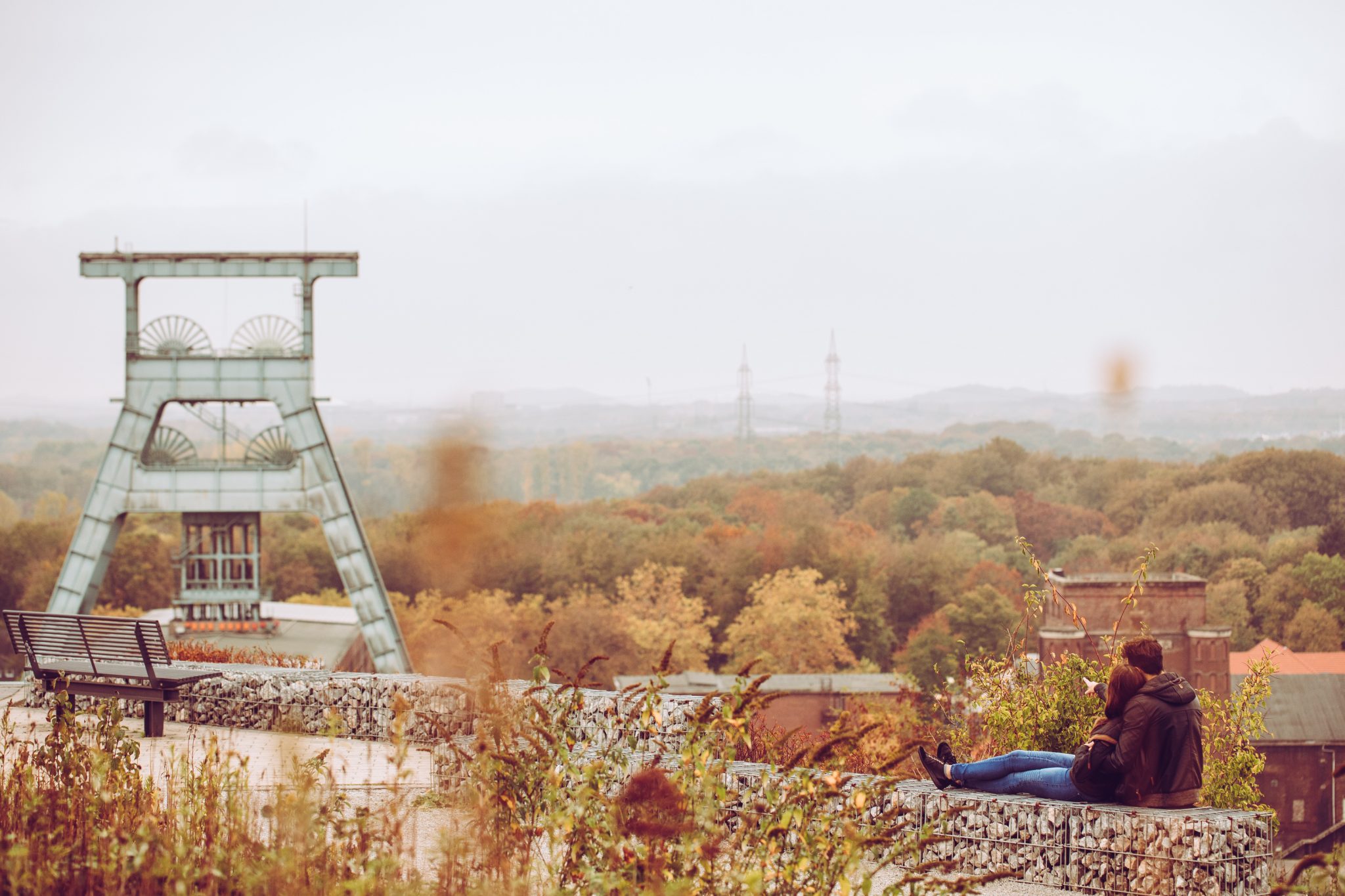What exactly is hidden behind the term Ruhrpott? Many secrets and prejudices are closely related to this term. But it’s actually quite simple, the Ruhr area, also called Revier, Pott, Metropole Ruhr, Ruhrstadt or Rhenish-Westphalian Industrial Area, is with around 5.3 million inhabitants and an area of about 4,435 square kilometers, the largest conurbation in Germany and the fifth largest in Europe.
The Ruhr area includes Schimanski, Thyssen, Krupp, coal and booze-happy revelers, as well as many traffic jams, a dense population and a developed infrastructure. A real grab bag!
“Melting Pott”
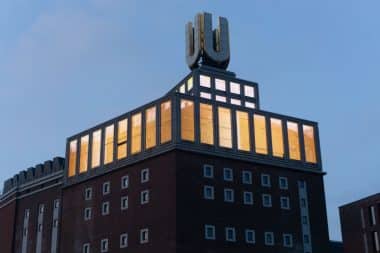
The term Ruhrpott is made up of two words: Ruhrgebiet and Kohlenpott. The Ruhr area, in turn, owes its name to the Ruhr, the river that once runs through the entire Ruhr area. The pot represents a real “melting pot”. In the 50s and 60s, the area in western Germany was considered the home of various guest workers from Turkey and Italy. Due to the cultural fusion of different nations, different miners’ settlements from all over the world were formed – a real melting pot.
Characteristic of the Ruhr area is that it is formed by several large cities that have grown together. The area is based on the borders of the Ruhrkohlenbezirk Settlement Association, founded in 1920, today’s Ruhr Regional Association (RVR). This association includes Bochum, Bottrop, Dortmund, Duisburg, Essen, Gelsenkirchen, Hagen, Hamm, Herne, Mühlheim and Oberhausen as well as Recklinghausen, Unna, Wesel and the Ennepe-Ruhr district. However, caution is advised, the cities of the Ruhr area (Dortmund, Essen, Bochum, Bottrop, Hamm, Gelsenkirchen and Duisburg) are all only a few kilometers apart, but the people of Essen, Dortmund, Duisburg etc. do not call themselves Potters.
Between the colliery and the Capital of Culture
Many mines are closed and usually only the coal-black houses remind us of the times when Oppa and Vadder were still working in the mine. Nowadays, excellent universities attract young people with an international background to the Pott. Thus, the German “melting pot” continues to exist to this day.
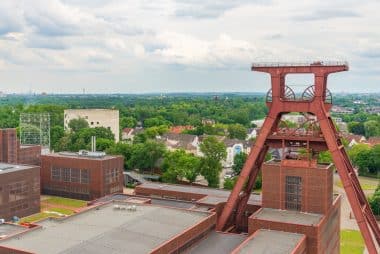
In 2010, the Ruhr area became the European Capital of Culture under the name RUHR 2010, along with Pécs (Hungary) and Istanbul. Due to the high density of cultural institutions, the Ruhr region successfully applied to be the European Capital of Culture 2010 under the leadership of the city of Essen. However, there is not only a lot to discover in Essen, the whole Ruhr area inspires with its unique culture, extraordinary sights and with its mischievous charm:
First of all, of course, the UNESCO World Heritage Site Zollverein (Zeche Zollverein), also known as the “Eiffel Tower of the Ruhr Area”, should be highlighted. Probably the most beautiful colliery in the world is one of the most impressive sights in the Ruhr area. It was an active coal mine in Essen from 1851 to 1986. It was named after the German Customs Union, which was founded in 1834. Today it is a unique architectural and industrial monument.
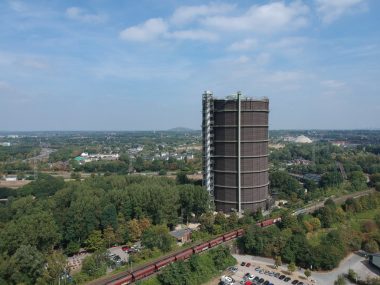
In the middle of the Zollverein there is a swimming pool. The atmosphere is priceless, but admission is free. Bottrop also has a lot to offer. The tetrahedron is a construction of steel tubes and cast iron nodes. Arranged on a former slag heap, it symbolises the structural change of the region. Skiing in the Pott? Even in summer with 100% snow guarantee? No, this is not a joke! The Alpincenter is located in the middle of Bottrop. The longest indoor ski area in the world. Many other leisure activities can be found around the ski hall.
From high ropes course to summer toboggan runs. Everyone gets their money’s worth here. We continue to Oberhausen. The gasometer can be seen from a distance. Built in 1929 for 1.74 million Reichsmarks, this industrial monument is now the tallest event hall in Europe. Directly in the immediate vicinity is the Centro, probably the most popular shopping center in the area. If you want to get to know a green side of the Ruhr area, the Kaisergarten in Oberhausen is the right place for you. In the approximately 28-hectare park, you will find, among other things, the walk-in bridge sculpture “Slinky Springs to Fame”. The Port of Duisburg is the largest domestic port in the world. And the outdoor sports park in the Duisburg-Nord landscape park is also unique in its form. The walk-in spiral landmark “Tiger&Turtel-Magic Mountain” rounds off a visit to Duisburg. And if that’s not enough, there are of course also the football stadiums at Schalke (Gelsenkirchen) and Dortmund.
Schalke vs. Borussia – Clichés about the Ruhr area
There is hardly any other region in Germany about which there are as many prejudices as about the Pott. But what is the truth of the clichés about the Ruhr area?
Everyone here is a football fan
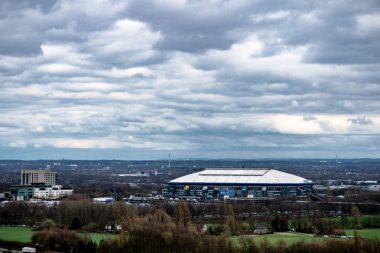
Football has a very important status in the Ruhr area. The two most famous clubs are FC Schalke 04 and Borussia Dortmund. If both clubs play against each other (Revierderby), you have to decide – either Dortmund or Schalke. FC Schalke 04 and BVB are founding members of the Bundesliga together with MSV Duisburg. The oldest professional club, VfL Bochum (founded in 1848), also comes from the Ruhr area. In addition to these clubs, there are a large number of other clubs in all leagues. Many of these clubs have their origins in works teams of mines. Football is therefore part of the history of the Ruhr area and is therefore a must!
Everyone is always so rude
Ruhr potters are real “coddle snouts”. However, anyone who thinks they are rude has misunderstood something. In the Ruhr area, people speak their minds straightforwardly. This can sometimes take some getting used to, but it’s honest. In the Ruhr area, people like to laugh at crude jokes. People live here who have their hearts in the right place.
Carnival? That’s only available in Cologne! Or is it?
Carnival is also celebrated in the Ruhr area. Parades take place in numerous cities. In the archives of the city of Duisburg there is the first city account from 1377, which shows that the councillors and citizens celebrated Carnival extensively.
However, it is not only at carnival time that people like to celebrate in the Ruhr area. From 2006 to 2010, the Love Parade took place here. And the Ruhrpotters are also an open people in other respects, who also like to celebrate outside their clubhouses.
The pot is delicious
“Oa wat have I already spent everything on Bömskes (sweets)!” There is a lot in the pot. Fries – that’s still the best accompaniment to the currywurst and a place setting to go with it – that’s what the Vadder drinks in the pub, pilsner and a schnapps. The beer is also often drunk at the kiosk. The pot is delicious and people also like to eat in the pot. The meatball, known in Berlin as Bulette or in the south as Fleischpflanzerl, is probably one of the favorite dishes of the Ruhrpotters. The Ruhrpott potato salad, with a dash of mayonnaise, is also not to be missed. Just as little as all kinds of culinary craziness such as raisin mares with liver sausage, which are more likely to meet with incomprehension in other areas, are in great demand here and should definitely be tried.


